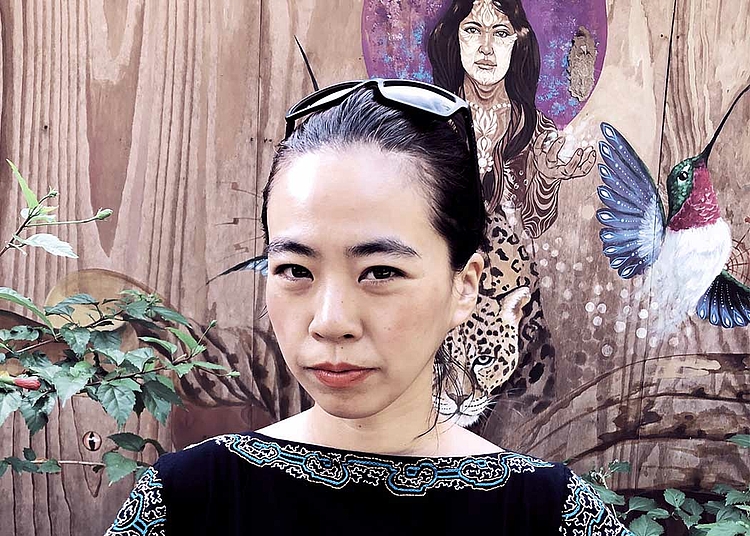Based on this theoretical proposition that links dream interpretations by onayas to the Shipibo cosmology, I classified the dreams seen by Maria and Carlos based on her interpretations and scrutinized the kind of relationships built and their shamanic purposes from the perspective of niwe and neto. By doing so, I finally depicted the ontological reality of onayas in which they mundanely co-exist with various non-human beings and continuously fabricate kinship with plant spirits to embody healing capabilities.
Could you tell us a bit about how you discovered your research topic? What was your greatest learning from this research experience?
I first visited Carlos in 2017 to practice the dieta because my Peruvian mestizo friend recommended him as an experienced and well known onaya. So, my initial motivation to stay with him was not to conduct research. Nonetheless, I collected ethnographic data from July 2017 to August 2019 and archived them for the project of nativesoon that is a collective project with my husband.
On August 6, 2017, I wrote in my fieldnote, ‘We asked Carlos to keep a dream diary for one month during the dieta. I passed him a notebook so that he could write down his dreams’. This was my husband’s idea, as he thought that, in this way, we could figure out how Carlos perceived the world. At the beginning, I did not expect much about the outcome and knew nothing about the roles of dreams seen during the dieta. However, when Carlos came to me with 33 dream episodes written in Spanish, I became intrigued with dream interpretation. For example, the excerpt below is a part of his dream seen on the first day of the dieta.
In this dream, I arrived at a far-off village after traveling on a river by jhousou. Though the village was large, there were only three people living there. One of them was male, and the other two were female. This male was a king, and one of the females was a queen and his wife. The other female was a princess, their daughter. We got off the boat and headed over to a building that was the king’s house.
His detailed depictions on whom he met, where he was, and what he did with those characters made me ponder the correlation between these dreams and the knowledge acquired through the dieta.
Hence, I looked for an onaya who could translate the 33 dream episodes, since I had left his place without asking him to interpret them. In April 2021, my Shipibo friends, born into an onaya family, recommended their kin onaya, Maria, to conduct the dream interpretations. So, I asked her to begin a month-long dieta with the same plant maestro that Carlos practiced with in 2017, together with my husband and me, and to interpret her own dreams as well as ours. This was how I had discovered the research topic and developed the fieldwork on it.
Through this research experience, I learned the importance of persistence and flexibility. I went to see onayas and kept asking. Though I often felt useless, I never stopped putting together a picture from dispersed, seemingly irrelevant pieces, inspired by conversations with Carlos and Maria. It was simply a beautiful moment in which I attempted to understand that they perceive the reality in a completely different way.









